GLAN, Sarangani (March 8, 2007) – Payao is one of the types of fish aggregating devices (FADs). It is normally a moored or free floating raft or other structures designed to attract fish.
Payao has four main parts: a floating structure, an aggregating device, an anchor, and a rope line.
According to the document "The Payao Management Plan (PMP) for the Coastal Municipalities of Sarangani," payao is commonly used by the fishers to increase fish catch of small pelagic fishes such as tunas, mackerels, roundscads and sardines.
"Payao may be attractive to small fishes because they naturally mimic the floating objects that get trapped foods," said the PMP document crafted through collaboration by various agencies.
These agencies are the Department of Agriculture–Bureau of Fisheries and Aquatic Resources, Protected Area Management Board, coastal local government units of Sarangani, the non-government Center for Advancement of and Strengthening Community Property Rights, Inc., Municipal Fisheries and Aquatic Resources Management Councils and different fishing sector spearheaded by the provincial government.
The deployment of payao as fishing gear accessory had started in the Philippines since 1970s.
Particularly in General Santos City (GSC), the use of traditional payaos also started in 1970s.
"Over the years, business and individuals in GSC had already invested the setting of payao with varying success," the PMP report said.
"It was not only established within the Philippine territorial waters but also in the international waters and territorial waters of foreign countries such as Malaysia, Indonesia, and Papua New Guinea."
The gradual improvement in the design carried out by engineered work leads to the development of payao being distributed throughout the tuna fishing region.
The PMP document also pointed out the "effectiveness of payao technology in aggregating small pelagic fishes especially tuna, gave new impulse to the tuna fishing industry that made GSC to become the Tuna Capital in the Philippines."
It described offshore waters of Sarangani Province as "within the migratory path of tunas. It is not only these pelagic fish species are present but as well as other demersal fish species."
The report noted that fishery resources are readily available for the stakeholders of Sarangani Province.
"By providing them a device that could enhance their catch in a sustainable level through the use of well-managed payaos, we can assure the food security of the next generation without compromising the current ones," the report added. (SARANGANI INFORMATION OFFICE)
Subscribe to:
Post Comments (Atom)

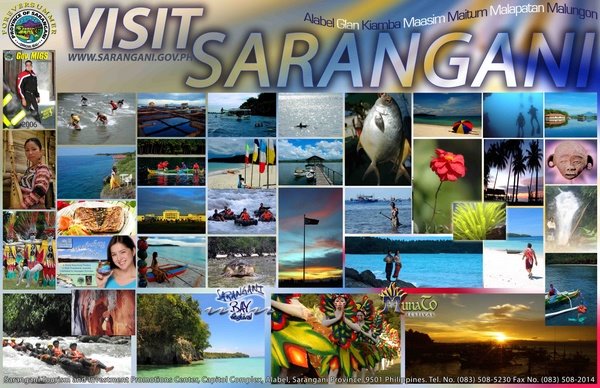




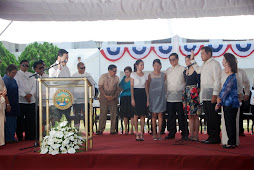
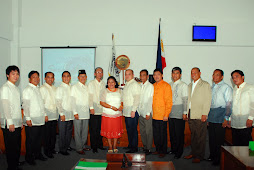

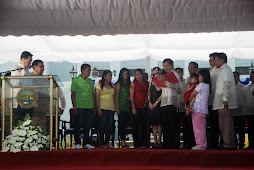
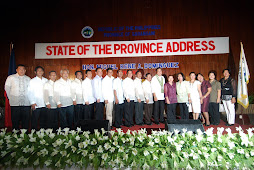
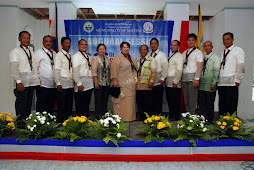









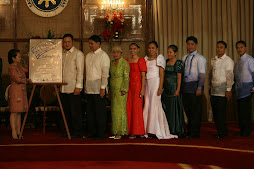





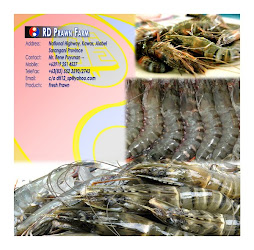
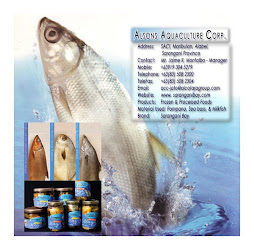



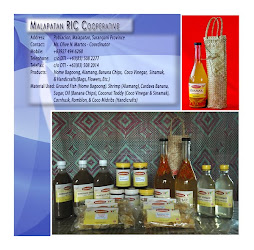

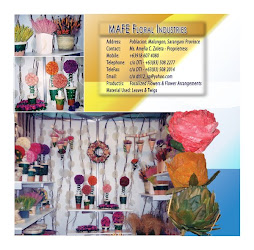
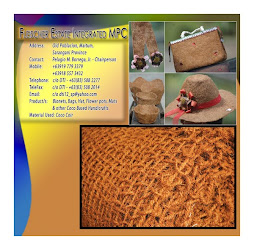

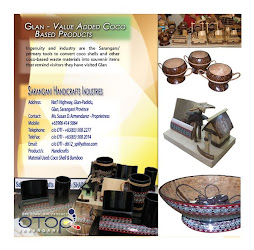

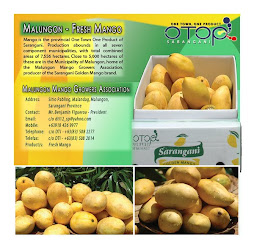
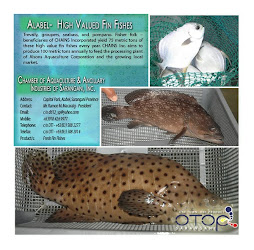
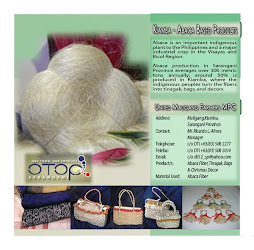

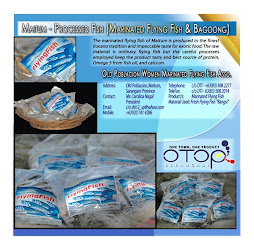

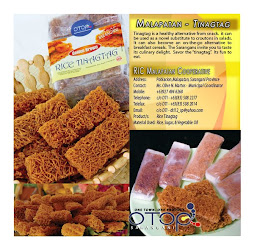
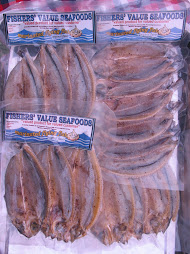
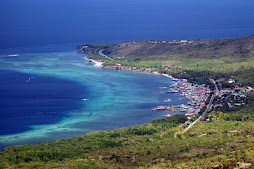

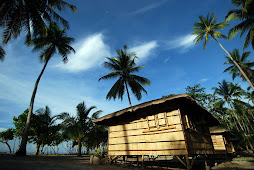
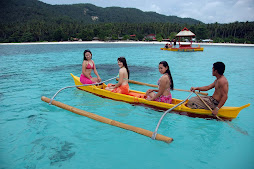

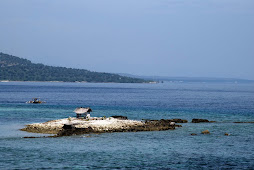
No comments:
Post a Comment